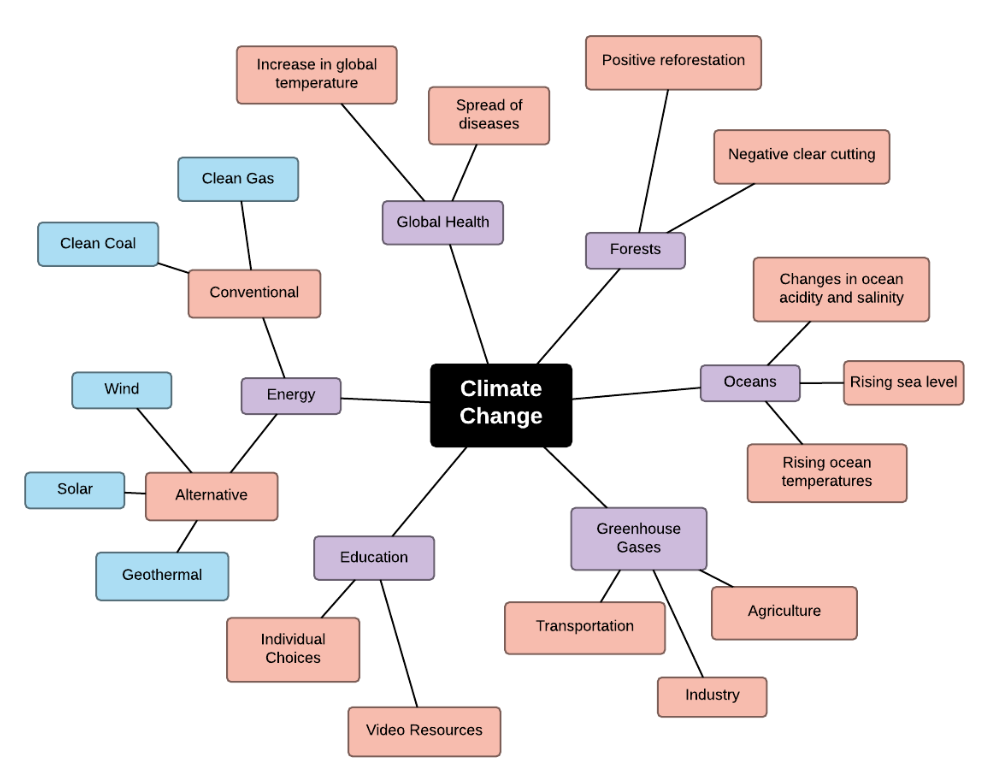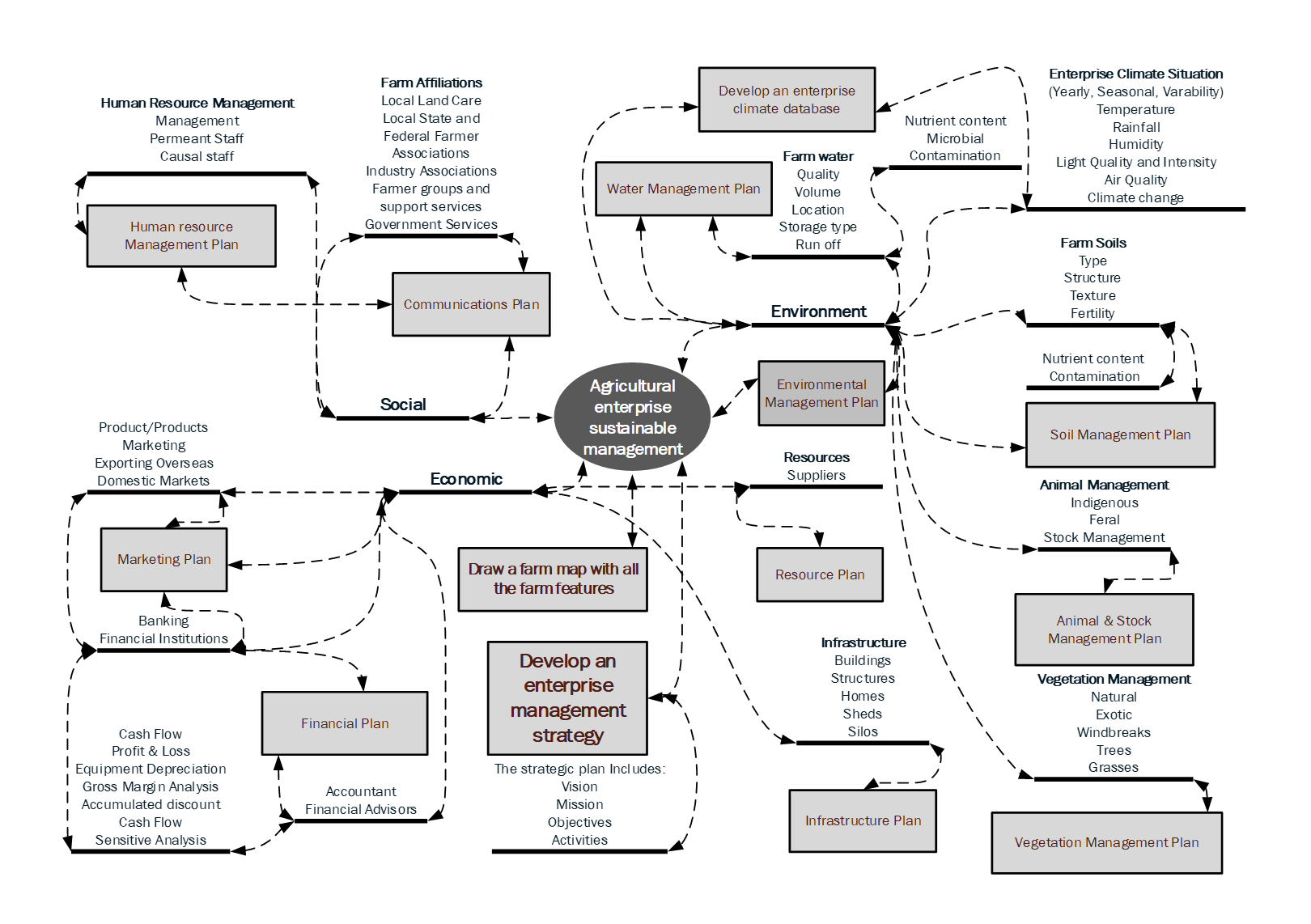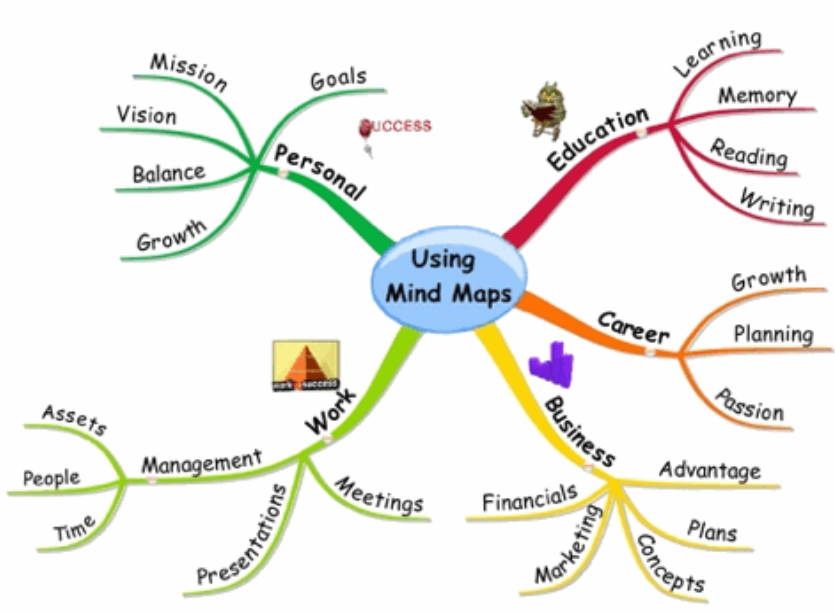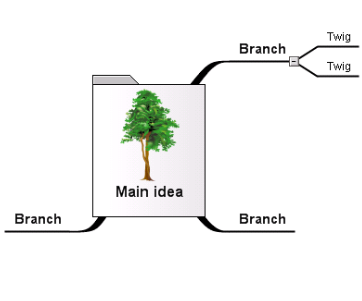Mind Mapping
Experiential Education

Objectives
What you will learn:
- What mind mapping is
- How and why mind mapping is used
- Strategies and tools to mind map effectively
Introduction
What is mind mapping?
Mind mapping is a visual brainstorm used to document your thoughts and ideas around a topic. Mind maps place a central theme or idea in the middle of the page with thoughts and connections radiating out from the centre.

How and Why is Mind Mapping Used?
Mind mapping is an effective visual brainstorm strategy around a central topic/theme or question. By focussing on key ideas written down in your own words and looking for connections between them, you can map knowledge in a way that will help you better understand and retain information.
Mind maps can also help:
- build a non-linear diagram or framework around a topic
- provide a big picture of the topic and relating ideas
- as an information ‘dump’ of thoughts, ideas and opinions on a topic in a visual representation
- diagram/list/connect ideas on a topic, particularly new concepts and terms
- with study and visualisation technique to remember content
(Mind Mapping 2018)
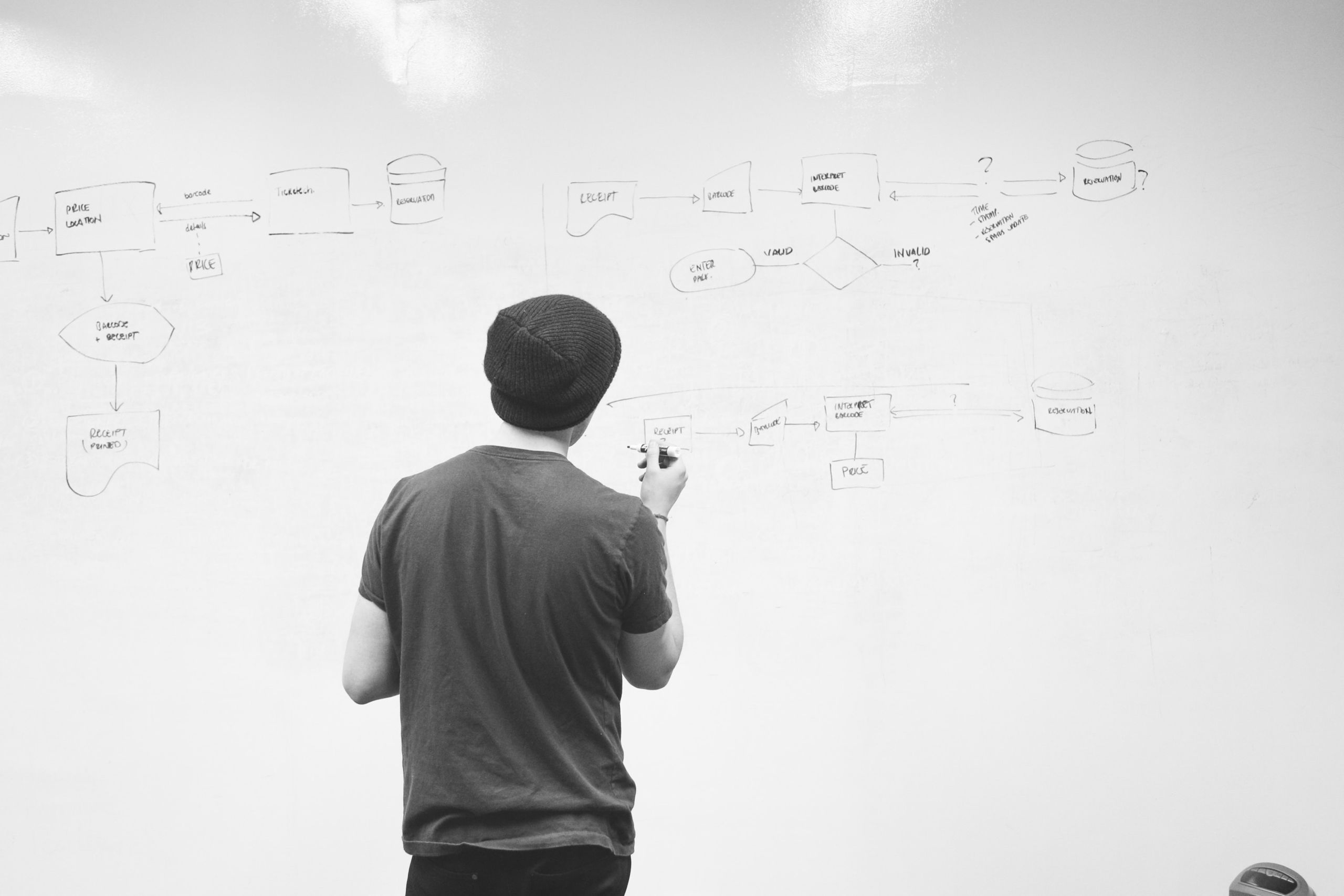
What Does it Look Like?
Before we discuss how to create your own mind maps, have a look at some of the mind map examples below, which show a range of approaches from simple to complex.
Image source: APS 2018
Image source: APS 2018
Strategies and Tools to Mind Map Effectively
One of the leading experts in mind maps is Tony Buzan, who has dedicated his career to developing the ‘perfect’ technique to mind map. Watch this video to get an overview of one way of undertaking the process:
How to Mind Map with Tony Buzan | 4:59
Key points from Buzan, who calls mind maps ‘techniques for thinking’:
- Start with a central image to stimulate memory, visualisation and connectivity to topic
- Next, draw curvilinear branches from that main idea, which represent the ‘organic’ thinking and is considered more visually more attractive to the brain.
- If we stay with the tree metaphor, follow these branches with additional ‘twigs’ or smaller curvilinear thoughts. See the image below, which provides a good visual of this:
(Mind Mapping 2018)
(Mind Mapping 2018)

Additional tips to help with the process of mind mapping suggested by Buzan:
- Don’t worry about making it perfect, especially the first few times. It is more important to get your ideas down rather than feel restricted by the map’s visual appearance.
- Use short phrases or words; it shouldn’t be too text heavy.
- Add images to your map as the combination of words and pictures will aid in remembering information
- The use of colour will also help in terms of brain connectivity and memorisation
(mind mapping 2018; life hacker 2018)
Software to help
One of the strengths of mind mapping is that it can done anywhere, any time with just a pen and paper. However, there are free digital mind mapping tools, which are easy to use.
Our recommendations include:
Canva - https://www.canva.com/en_au/
Coggle - https://coggle.it
MindMup - https://www.mindmup.com/
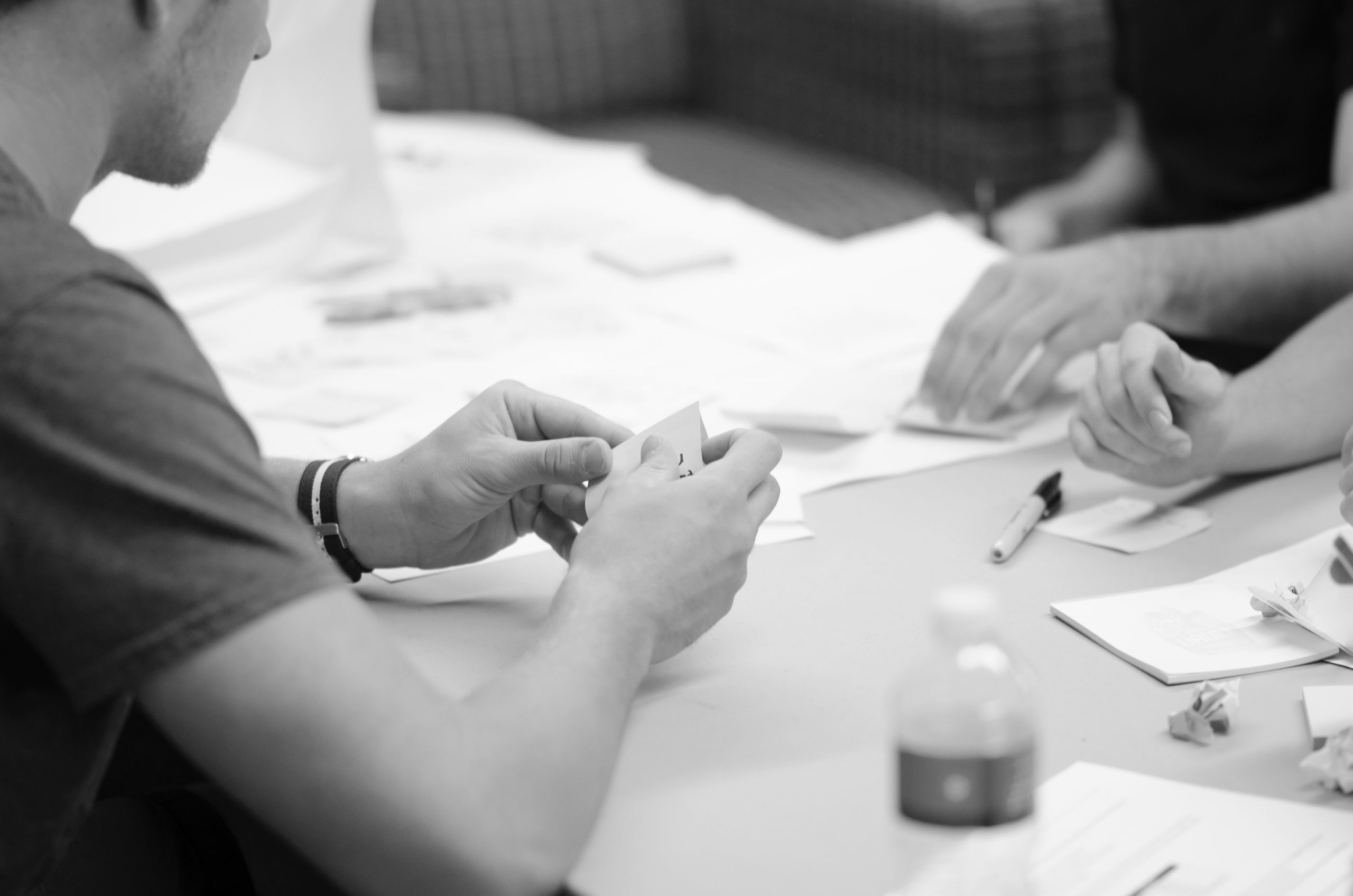
Ready for Advanced Mind Mapping?
Affinity mapping is a type of mind mapping, but generally used after you have undertaken research on a topic. Like mind mapping, affinity mapping is a useful strategy to visualise and categorise information.
It is an effective and dynamic way of recording the qualitative and quantitative information you have collected from on-site observations, research and interviews.
It is different from mind mapping in that it involves documenting your findings on separate sticky notes, followed by grouping them according to topics (e.g. trends, challenges, themes) and then categorising them with headings.
Be prepared to move your sticky notes around; affinity mapping is a dynamic process.
The short video below describes the process:
Affinity Mapping | 1:28
And here’s a static image of what that might look like.
To Recap:
- Mind mapping is a creative, visual way to brainstorm your ideas/concepts
- Mind mapping is a diagram that starts with a central idea with additional thoughts (branches) that radiate from it
- It is an excellent study tool that can be completed quickly and simply or more detailed and complex

References
Drumm J 2015, Affinity mapping, YouTube video, viewed 16 September 2018, <https://youtu.be/UynxDyr0lAo>.
Erkan J 2018, Mind mapping, Australian Professional Skills, viewed 16 September 2018, <https://www.apsi.edu.au/mind-mapping/>.
iMindMap 2015, How to mind map with Tony Buzon, YouTube video, viewed 18 September 2018, <https://youtu.be/u5Y4pIsXTV0>.
Lifehacker 2018, How to use mind maps to unleash your brain's creativity and potential, viewed 18 September 2018, <https://www.lifehacker.com.au/2013/09/how-to-use-mind-maps-to-unleash-your-brains-creativity-and-potential/>.
Mind Mapping 2018, Mind mapping, viewed 18 September 2018, <https://www.mindmapping.com/>.
LucidChart 2018, Climate Change Mind Map Template, accessed 04 December 2018, <https://www.lucidchart.com/pages/templates/mind-map/climate-change-mind-map-template>.
Developed for the P&P Program for the Associate Degrees, University College by Jenn Kemp-Smith [24 September 2018]
